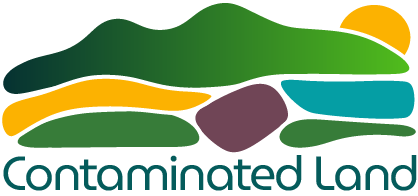Solidification/stabilisation (S/S) is a remediation technique used to manage contaminated materials by converting them into a structurally robust, monolithic solid. Solidification involves encapsulating the contaminants physically, while stabilisation refers to chemically fixing them to reduce their mobility. These processes are often combined and applied ex situ, using a range of additives such as cement, lime, pozzolans, polymers, or bitumen. By immobilising harmful substances within a stable matrix, S/S aims to reduce leaching potential and limit environmental and human exposure. The process is especially effective for treating both inorganic and some organic contaminants, including metals, PCBs, and PAHs.
Technically, S/S uses civil engineering materials to bind and stabilise contaminants, with formulations tailored through treatability studies. Cement-based systems are common but can be inhibited by organic contaminants, requiring specific additives to counteract these effects. Organic binders such as activated carbon and organophilic clays are sometimes used to pre-treat organic contaminants. The process may take place on-site or off-site and can be designed to improve geotechnical properties, enabling reuse of treated soil in construction. However, heat generated during curing can lead to the release of volatile organic compounds (VOCs), requiring careful emission management.
The benefits of S/S include its maturity as a technology, short treatment times, and applicability to a wide range of contaminants. It also offers structural enhancements that may benefit subsequent construction uses. Nonetheless, S/S is resource and energy intensive, increases soil volume significantly, and may face resistance from stakeholders due to the ongoing presence of contamination on-site. Long-term stability is difficult to guarantee, and the technique often requires ongoing monitoring and validation. Moreover, process emissions, alteration of soil properties, and the need for specialised infrastructure are notable limitations.
From a sustainability perspective, S/S contributes to human health risk reduction and may aid in carbon sequestration through specific processes like carbonation. Economically, it can integrate well with construction activities. However, emissions, permanent changes to soil, and future environmental liabilities represent key challenges. Regulatory scrutiny tends to focus on the permanence and integrity of the solidified material, especially when reused for structural applications. Demonstrating long-term leach resistance and geotechnical suitability is essential to gaining regulatory approval and ensuring the success of S/S interventions.


